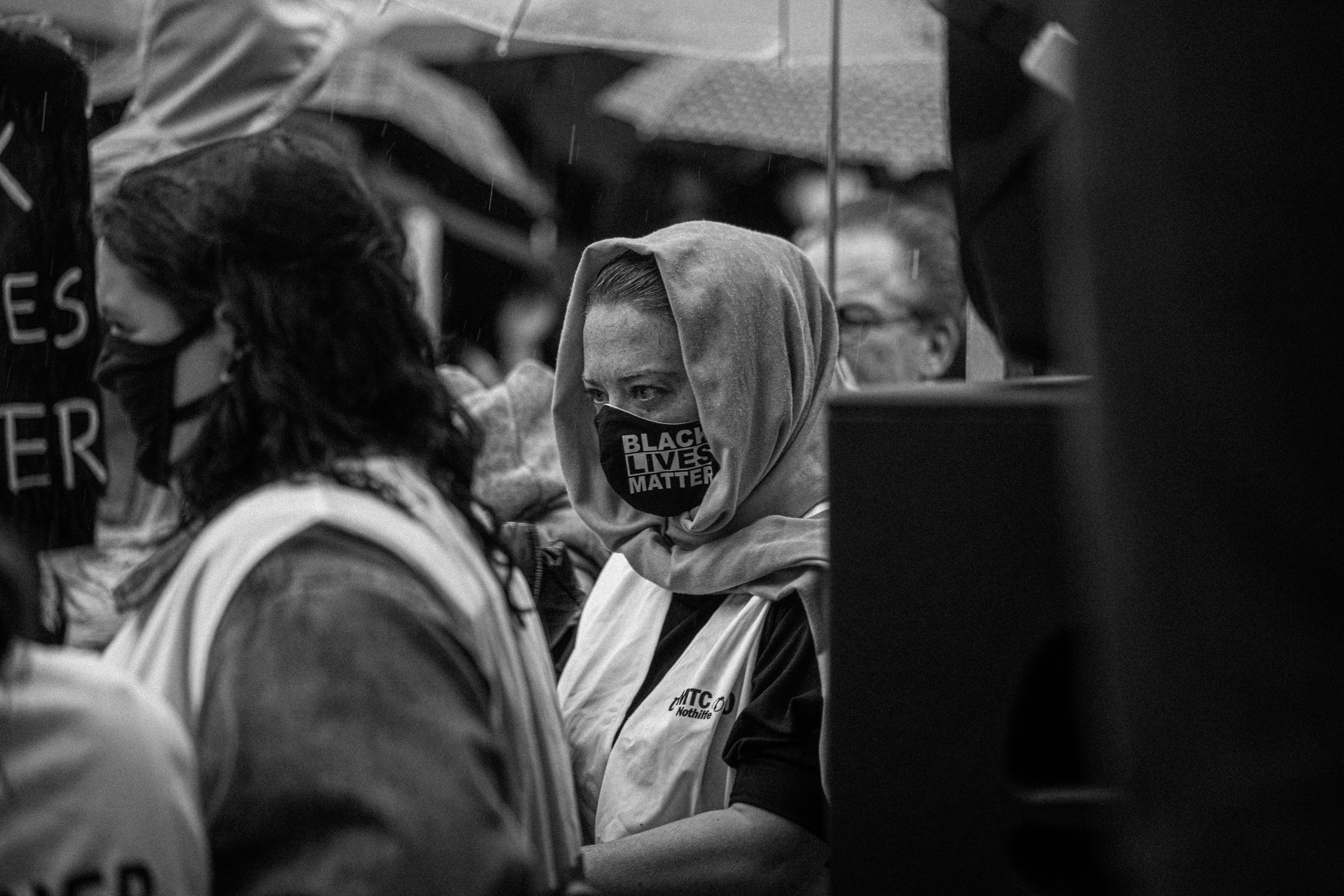
The Art of Hojo Undo – Power Training for Traditional Karate by Michael Clarke
“The Art of Hojo Undo: Power Training for Traditional Karate” by Michael Clarke is an interesting and informative book on “supplemental training” to develop power in karate techniques. In addition to teaching classical training methods, this book also details how to build and use training tools that have been used to develop power in traditional “old” Okinawan karate.
There is a short introduction that puts hojo undo, or supplemental training, in context with the history of karate and how the training is designed to push your limits. The book then goes on to explore the preparation exercises. These are basic warm-up exercises that you see many martial artists perform before class or training. The exercises are well described and illustrated with pictures. Japanese terms are used for many positions and movements.
The author divides the tools used in the book into two groups, those that are grasped and lifted and those that involve varying degrees of impact. Chapter three focuses on lifting tools. The first tool discussed is a Makiagi. It is basically a stick with a rope attached and a weight on the end of the rope. Instructions with diagrams are shown to help you build yours, and a couple of exercises are shown. The next are Chiishi, or Stones of Strength. It is basically a stick with a weight on one end. The double-handled chiishi has the weight in the middle. Various exercises are shown, as well as instructions for making your own chiishi.
Nigiri Gami (grabbing flasks). Tan (bar), Ishisashi (stone lock), kongoken (long iron ring), and tetsu geta (iron sandal) are the other lifting tools shown how they are made and used.
I enjoyed the old photographs showing these tools in use years ago. I also like that Clarke keeps the history of this formation alive with this book. However, I believe that there have been advances in training methods and tools that can help today’s athletes achieve better results than those of yesteryear. It can be motivating and give a person a sense of historical value to train like they did many years ago. And any training is better than no training. However, I also believe in taking advantage of modern equipment and training methods. That said, adding some of this type of training into one’s routine could add variety and help with the stages.
The fourth chapter focuses on impact tools. There were instructions on how to build a makiwara with various training exercises. This is probably the best known of the older impact tools. Other training tools include the tou (bamboo pack), jari bako (litter box), ude kitae (hitting pole), and the kakite bikei (blocking pole). Again I enjoyed the older photographs of these training tools and methods. Clarke provides good instruction and for the karate practitioner who wants to toughen up like they did in the old days, this book shows you how.
Speaking of toughening up, chapter five contains body conditioning exercises that have been used for many years to toughen up with a tool-free training partner. This short chapter provides instructions on how to perform these exercises. Chapter six continues with some auxiliary exercises without tools. I bet you did some of these in your martial arts class. The last two short chapters show some other tools and methods and some comments on the undoing of two Okinawan karate masters.
As someone who enjoys studying the history of martial arts, I found this book extremely interesting regarding the traditional training tools and methods of Okinawan karate. For anyone who wants to better understand traditional training, this book is of tremendous value. As someone who also trains to improve and stay strong and healthy, I agree with Clarke that hojo undo allows those who train in this way to better understand themselves and their own pursuit of budo. I believe that older training methods can be incorporated alongside modern training methods to achieve desired training results. This is a very nice addition to anyone’s martial arts library, and a must for those studying traditional karate.